A visit to the archaeological area finds essential complement in the Antiquarium of Collemancio and the Museum of the City and the Territory of Cannara, opened in 2008. The museum displays archaeological finds and art from the territory, including the well-preserved mosaic floor recovered during excavations of the Urvinum site.
Since 1995, the University of Perugia has conducted regular excavations in the ancient center of Urvinum Hortense, a small settlement planned during the second century BC, which became Roman Municipality in 90 BC. The excavations have brought to light a village enclosed by walls, partially visible in the western sector of the plain, with a structured urban plan on the axis road linking Urvinum Hortense with Mevania (Bevagna) and Vettona (Bettona). Along the paved section, a temple re-emerged at the center of the plain, of which the rectangular podium is visible (23.80 x 17.80 m). The building, dated to the second century BC, was built using as a unit the Roman foot, corresponding to 29.64 cm (11.67 inches).
On the northern side you can see the imposing ruins of a cistern and the vast thermal baths covering an area of over 400 square meters, from which the rich polychrome mosaic floor with Nile scenes comes. The impressive mosaic is preserved in the museum in Cannara. With the abandonment of the settlement in the Upper Middle Ages, between the sixth and ninth centuries, there was built a Roman church, the church of Santa Maria de Orbinum (Urbino), built using materials taken from the nearby temple.
























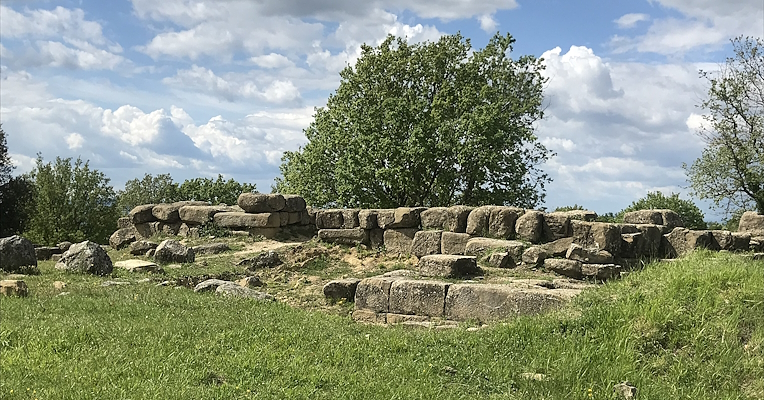
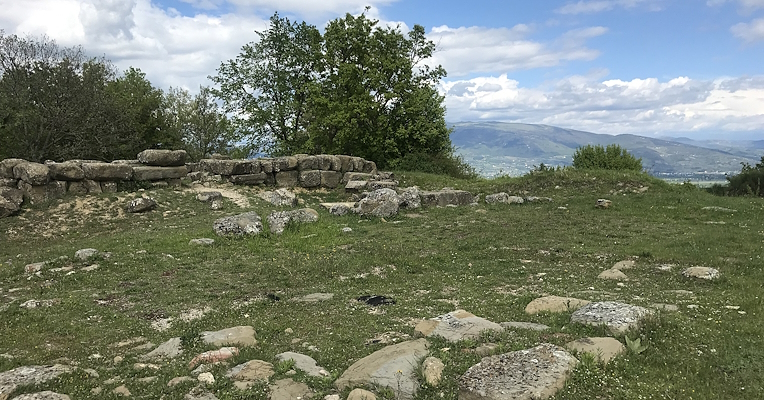
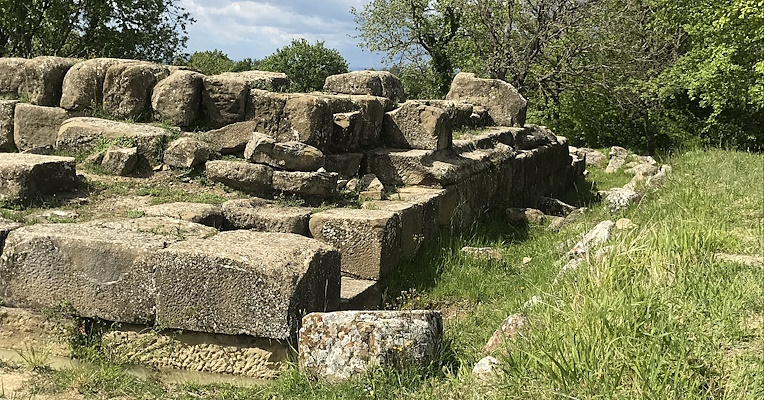
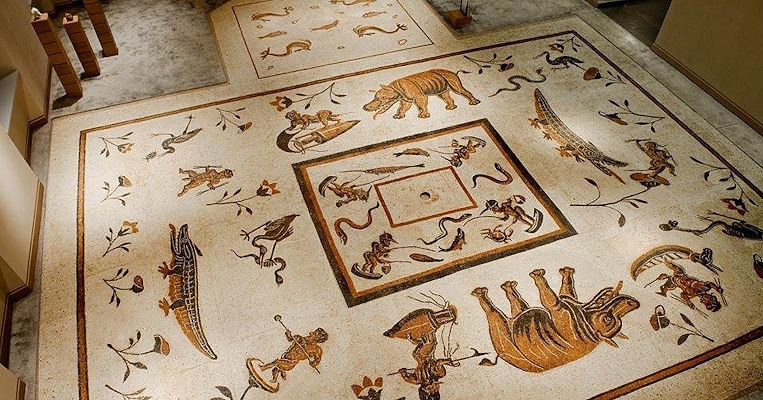
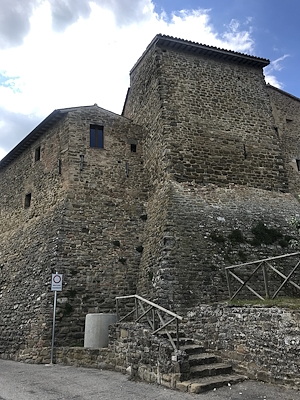
_01 (1) - Modificata (1).png/d51ebe99-b652-2406-9752-db5a3e442358?width=780)





